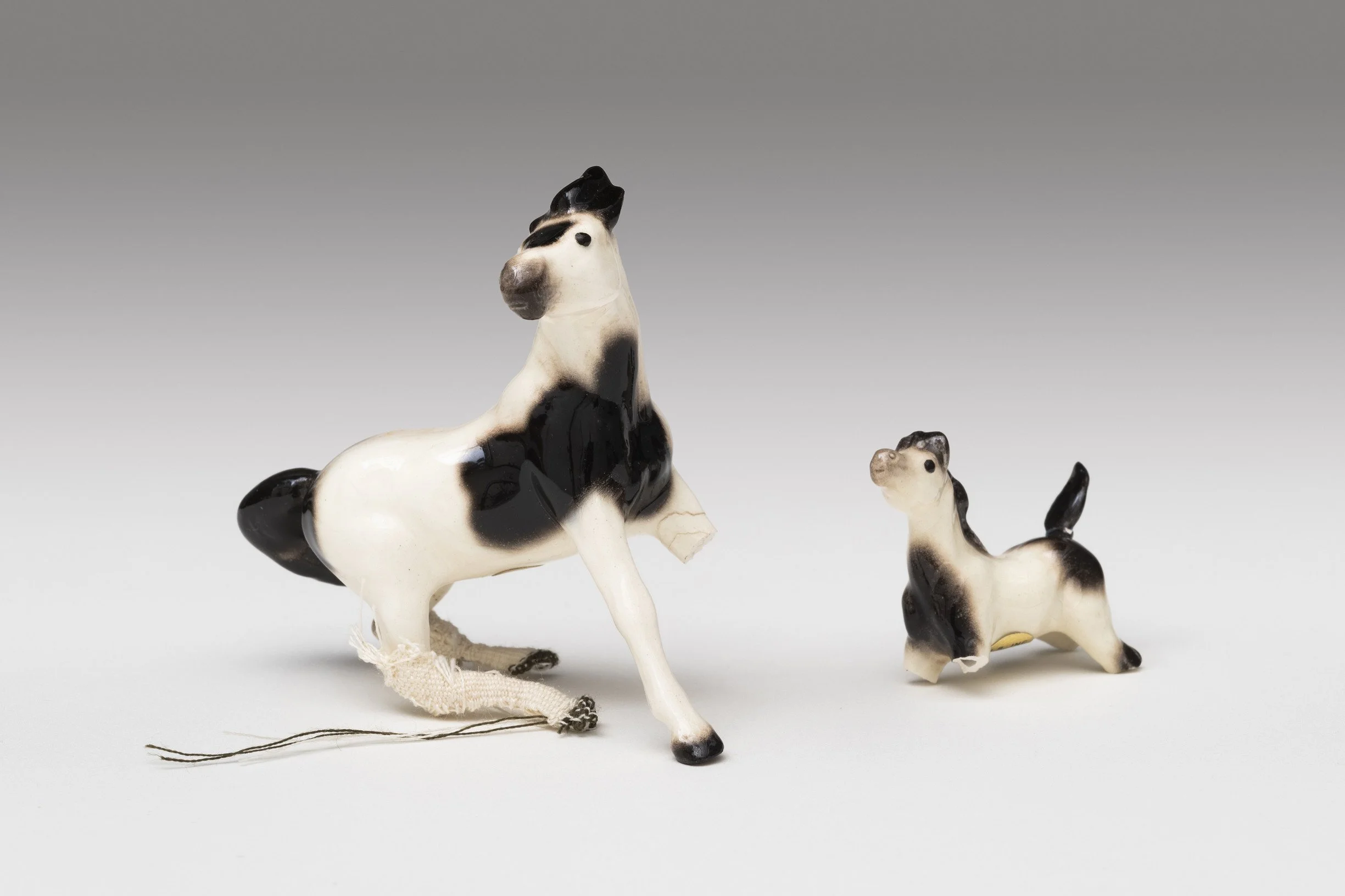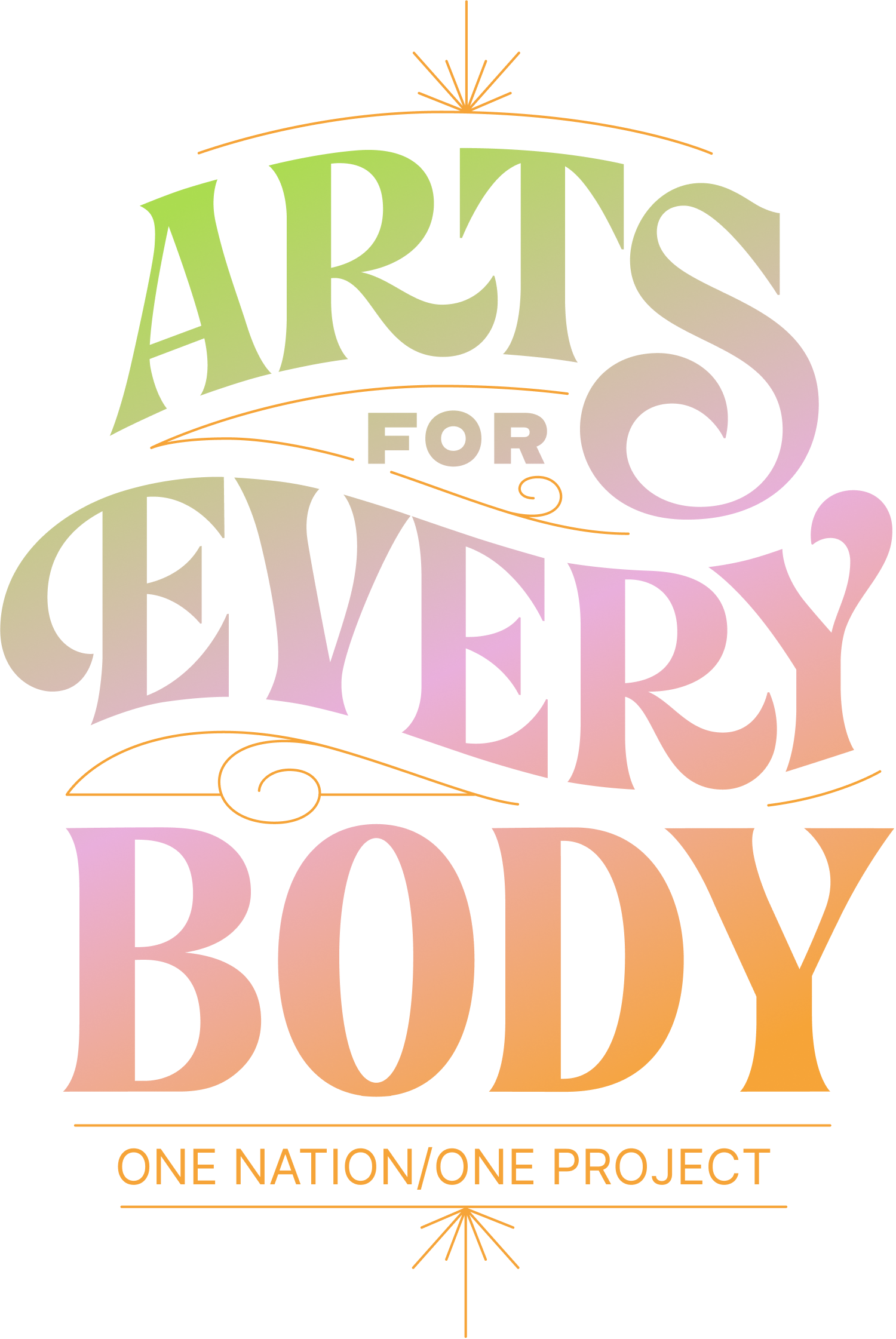“Mend, Broken, Yet Whole” — Art as the beginning of healing with Tanya Gill




I would like to share with you an inspiring article from Neesa Sweet and the Chicago SunTimes about an artist who is using her creativity to heal herself and others. The article features Tanya Gill, a multimedia artist who is working on a project called “Mend, Broken, Yet Whole” for the International Museum of Surgical Science. The project involves mending broken objects with creative and non-functional methods, such as weaving, painting and darning. The artist also explores the themes of adaptation, loss and healing through her research on skin grafts, transplants and neurology.
The article shows how Gill uses art as a way of expressing and coping with her own disabilities and trauma, as well as inviting others to share their stories and experiences. She says, “So many people have disabilities and trauma that aren’t visible. So if I make that visible, it gives us a starting place for that conversation.” By mending the objects, she also mends the emotional wounds that they represent.
The article relates to the mission of ArtsForEverybody.org, which is to demonstrate how the arts can lead to healthier people and communities by creating participatory public art projects that reflect the unique voice of each community. We believe that arts participation has been shown to improve physical and mental health, reduce stress, increase social connection, and foster civic engagement. Gill’s project is an example of arts participation that can have positive effects on both the artist and the audience. Gill’s project also aligns with the prompt “No Place Like Home” that we have given to 18 communities across America to create their own art projects for July 27, 2024.
Read the full article here
Learn more about Tanya Gill at her website: tanyagill.com
60 second social post
